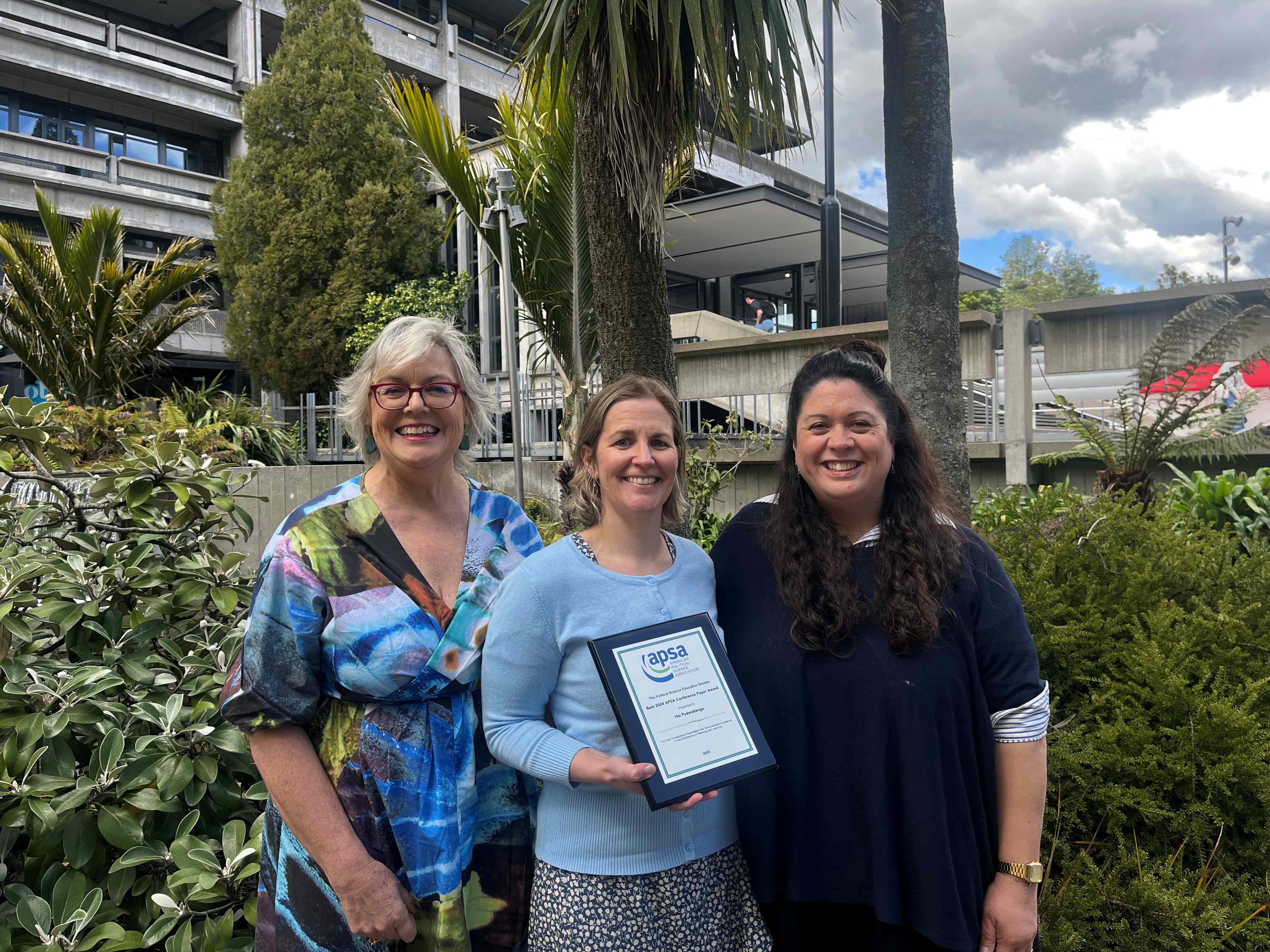University of Canterbury planetary astronomer Senior Lecturer Dr Michele Bannister says, “This is technology that will help work toward removing a natural hazard entirely – something we can't do with tsunami or volcanoes”.
“We have been and will be observing the asteroid for pre-and post-impact photometry with the 1.8m MOA telescope at our UC Mt John Observatory, providing New Zealand’s contribution to this NASA mission,” she says.
“The plan was to nudge an asteroid and see what happens. That way if one is ever found that’s a threat, we can decide how best to encourage it to move so it doesn't hit us!”
NASA’s Double Asteroid Redirection Test, or DART, is the world’s first full-scale planetary defense test, demonstrating one method of asteroid deflection technology. True to its name, DART is a focused mission, proving that a spacecraft can autonomously navigate to a target asteroid and intentionally collide with it (called a kinetic impact) at roughly 6 kilometres per second.
Its target, which poses no threat to Earth, is the asteroid moonlet Dimorphos, which orbits a larger asteroid named Didymos. As part of NASA’s larger planetary defense strategy, DART will simultaneously test new technologies and provide important data to enhance our modeling and predictive capabilities and help us better prepare for an asteroid that might pose a threat to Earth, should one be discovered.
University of Canterbury postdoctoral research fellow Dr Ryan Ridden is leading the data analysis, and several postgraduate and undergraduate students are involved in the observations.
“It’s really exciting to be able to contribute data to a NASA mission,” Dr Ridden says. “Primarily I’ve been working to ensure the data from the 1.8 m MOA telescope at our observatory is sensitive enough to see the effect of the collision on Dimorphos. This effect is small, but we’ll see a change in how long the moon takes to orbit Didymos.”
To really understand the effect of the impact, the UC research team will continue observing Didymos for the next few months, alongside observatories around the world. Alongside the UC academics, PhD astronomy student Nicole Tan and recent MSc graduate Tyler Brown are helping with the observing and data analysis.












